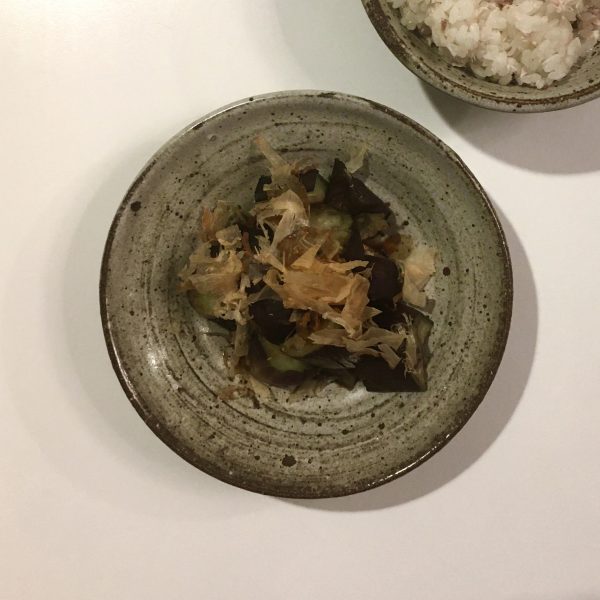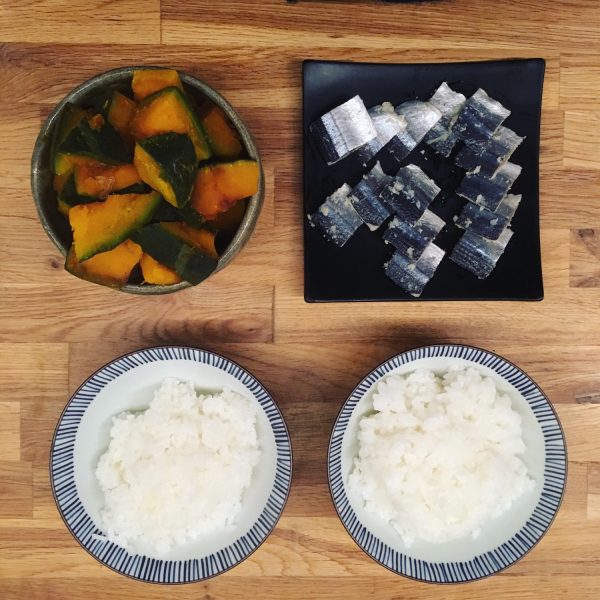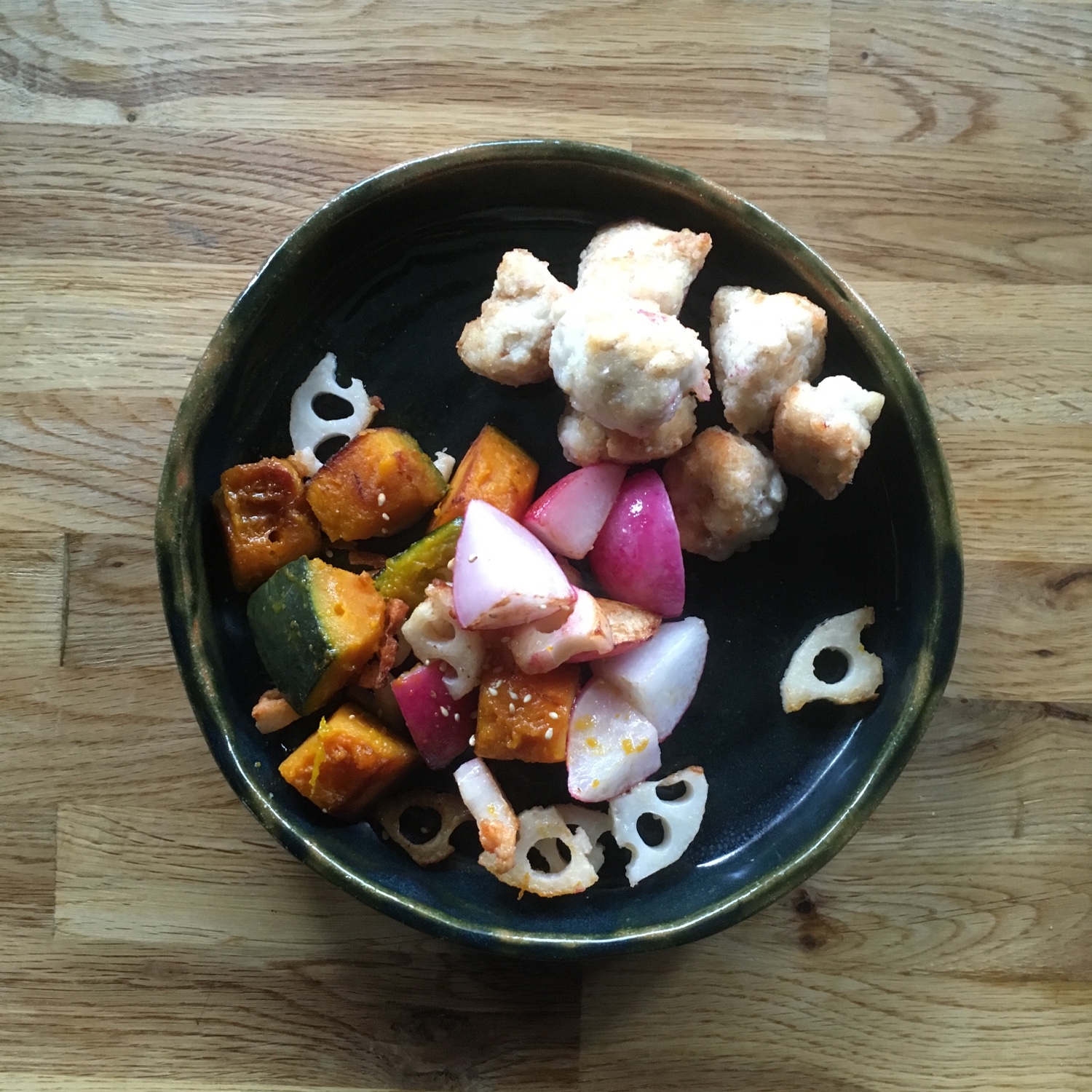Eggplants in Japan are really something, not just a vegetable but also a mean of transportation, together with cucumbers, for spirits that come to visit during the Obon period.
In Japanese traditional cooking they are often present and prepared in many ways with the other local and seasonal staples. I have introduced several recipe already, yet I surprise myself with new recipes every time I cook some. Recently I have been really into grilling them in the oven without any further complications, and dress them either western style with olive oil… or Japanese style with soya sauce and katsuobushi. I really love the simplicity of a dish that highlights the goodness of a few ingredients. So here is my recipe of the perfect eggplants Japanese style.
Perfect eggplants Japanese style
- 2 Japanese eggplants per person
- 1tsp of soya sauce per person
- 1 large pinch of katsuobushi per person
Wash the eggplants, and cut them in half in the length. Grill them in the oven until they are soft and a bit golden on top. Take them out and let them cool down a bit. Cut each in 5-6 pieces (bite size), just before eating dress them in a plate, top with soya sauce and katsuobushi. Eat immediately.









